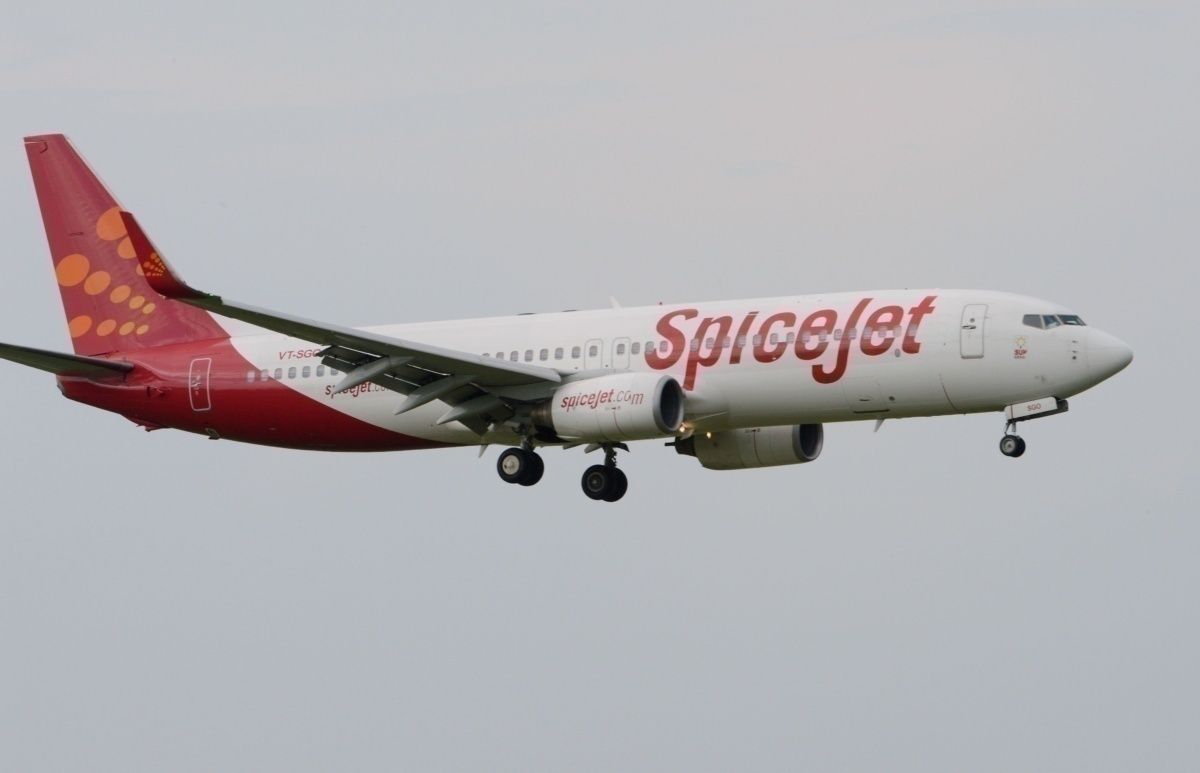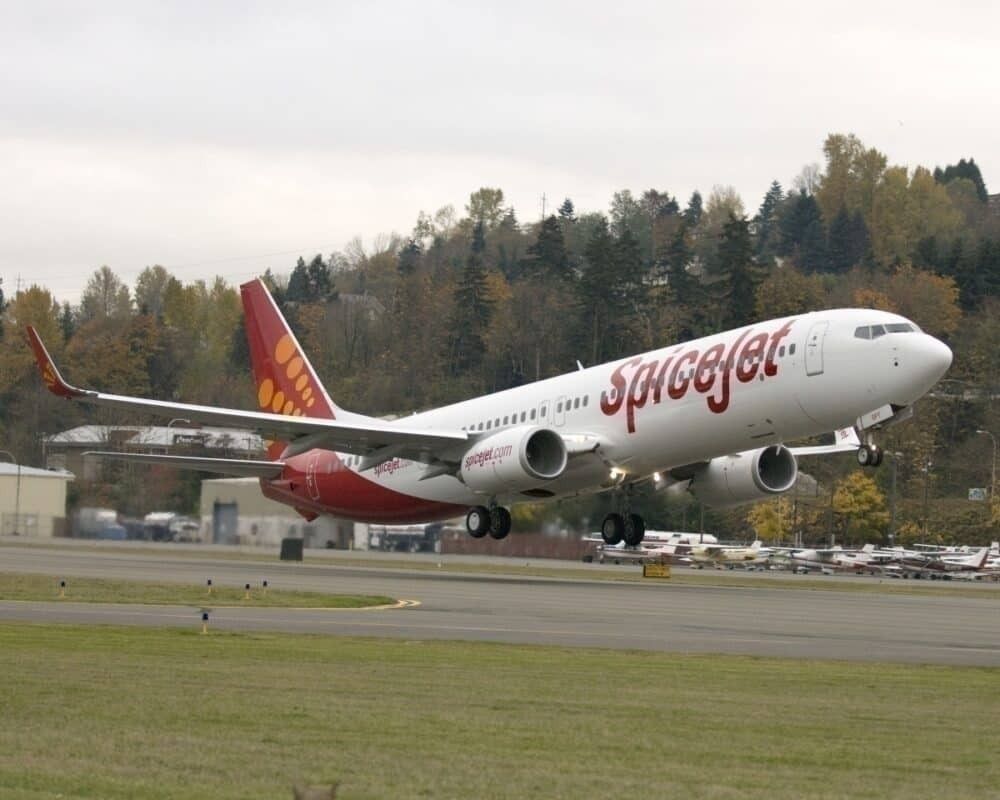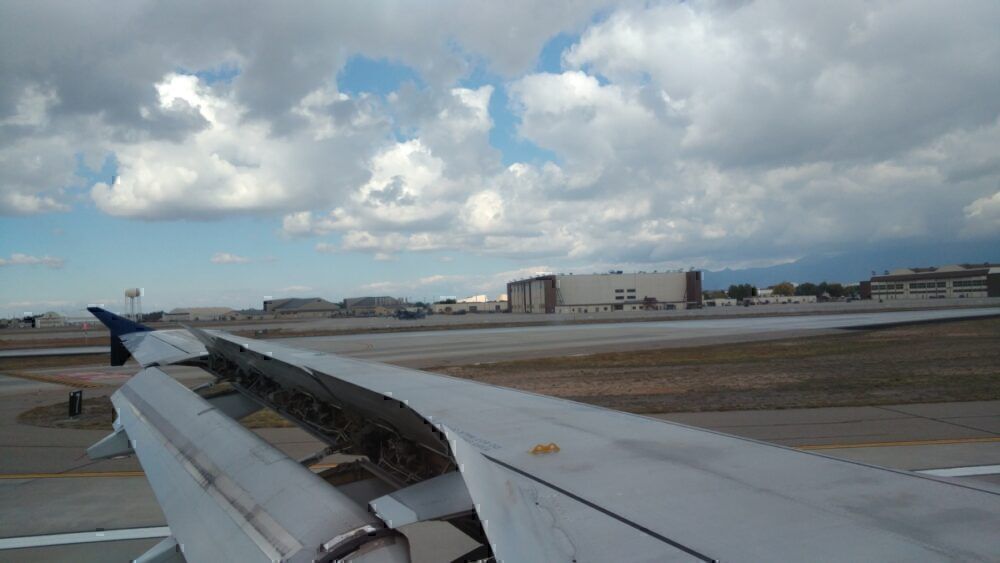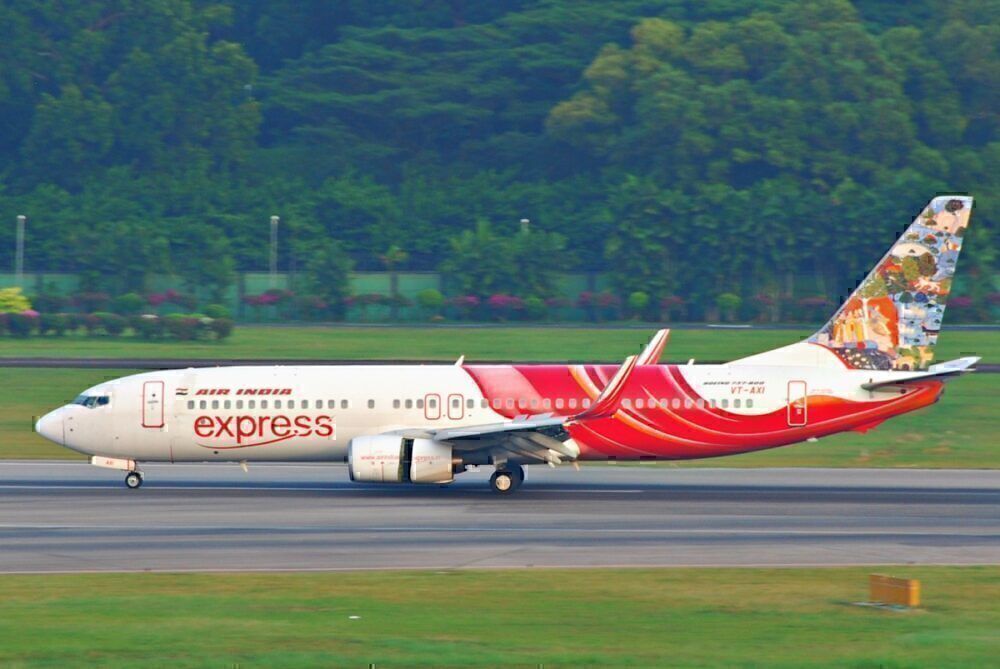A SpiceJet 737 diverted to a larger airport for an overspeed landing on Monday after facing flap issues. The pilots decided that Patna airport's runway was too short to complete a high-speed landing and opted to divert to Varanasi instead. The plane landed safely and no passenger injuries have been reported.
High-speed landing
The aircraft involved in the incident is a 13.6-year-old Boeing 737-800, originally delivered to Jet Airways in March 2007. Following Jet Airways' collapse in April 2019, SpiceJet leased the plane and began operations with it last August, according to Planespotters.net. This is one of many 737s that SpiceJet took over after Jet's closure last year.
Stay informed: Sign up for our daily aviation news digest.
The plane was flying from Ahmedabad to Patna as SG 8719 on 5th October when it faced issues with its flaps on approach to its destination, according to The Aviation Herald. At around 6,000 feet, the crew decided that Patna's runway, at 6,798 feet, would not be long enough to support a high-speed landing. Instead, they decided to divert to Varanasi which has a longer runway at 9,000 feet.
The plane landed safely in Varanasi, albeit at a higher speed of 170 knots. Boeing recommends that the approach speed for 737-800 be 142 knots. This high speed is likely due to the issue with the flaps, which may have prevented the aircraft from reaching the ideal landing speed.
Issue with flaps
The reason behind the incident has to do with an issue with the flaps. Flaps are found on the trailing edges of the wing and are used to control speeds during takeoff and landing. They offer different degrees, or levels, depending on the exact requirements. During landing, flaps create drag, which helps to reduce the landing speed and create a steeper angle of approach, allowing for shorter landing distance.
While there will be an investigation into the SpiceJet incident from this week, we do know there was a problem with the flaps. This issue could have meant the flaps failed to deploy at their required level, forcing the plane to land at a higher speed to prevent a stall during the approach. We will know more details in the coming months when there is a more thorough investigation of the incident.
SpiceJet safety audit complete
The incident comes just weeks after the DGCA completed its special safety audit of SpiceJet, as a part of its effort to audit all Indian carriers. The audit came after the tragic crash of an Air India Express flight in August, which resulted in 20 fatalities. In that incident, the aircraft overshot the runway and fell into a valley.
Concerningly, the DGCA suspended SpiceJet's Head of Flight Operations last month, although the airline says it is unrelated to the recent audit. We will find out more details about this incident in the coming months after a DGCA investigation.




